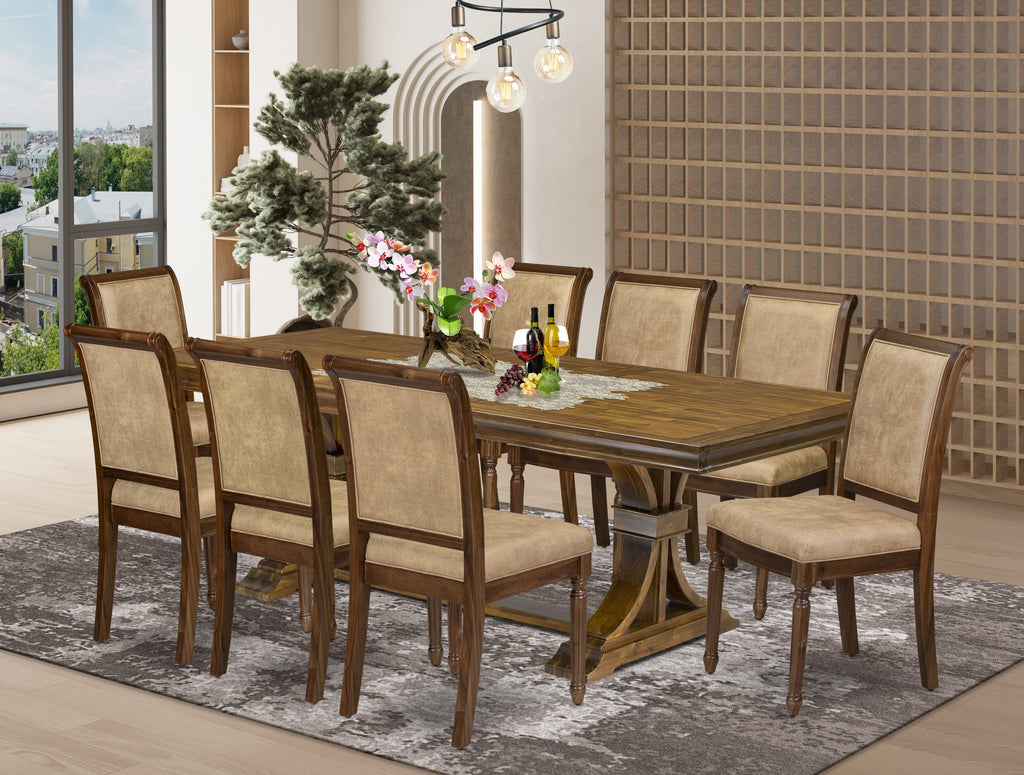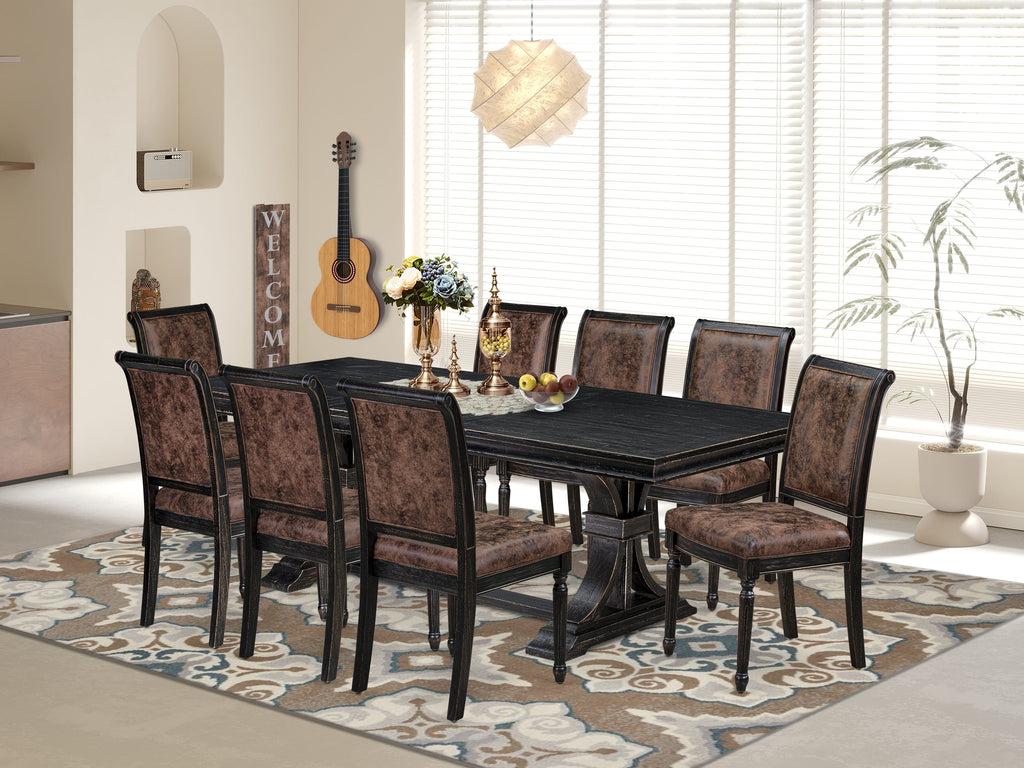Round Table vs. Rectangular Table: Which Dining Table is Right for You?

When furnishing a dining room, the shape of the table can influence not only the room’s style but also how you gather, connect, and move through the space. Round and rectangular tables are the two most popular shapes, each offering unique benefits. Choosing between them depends on your lifestyle, room layout, and how you like to entertain. Let’s explore the differences so you can make the best choice for your home.
Round Dining Tables: Intimate and Space-Savvy
Key Benefits:
-
More Intimate Setting: Round tables naturally encourage conversation. With no head of the table, everyone is an equal part of the conversation, making them ideal for family dinners or casual get-togethers.
-
Better for Small Spaces: A round table takes up less visual space and fits better in small dining areas or open-concept layouts. There's no need to account for sharp corners, which makes maneuvering around the table easier.
-
Great for Odd-Shaped Rooms: If your dining area is part of a kitchen nook, bay window, or has unconventional walls, a round table may feel more cohesive.
Considerations:
-
Limited Seating for Larger Groups: While cozy for 4-6 people, round tables become less practical when trying to seat more. Larger round tables can make it difficult for guests to reach the center or hear each other.
-
Less Surface Area: The circular shape reduces surface area compared to rectangular tables of the same width, which might limit the number of serving dishes or decor items.


Rectangular Dining Tables: Classic and Versatile
Key Benefits:
-
Perfect for Larger Gatherings: Rectangular tables can easily accommodate more people and work well with extension leaves. They’re ideal for hosting dinner parties, holidays, or big families.
-
Maximizes Room Layouts: Most dining rooms are rectangular, so a rectangular table makes efficient use of the space, especially if placed along a wall or in a formal dining area.
-
More Functional Surface: With a longer centerline, rectangular tables provide ample room for table settings, food platters, and centerpieces.
Considerations:
-
Can Feel Formal or Distant: Depending on the length, guests seated at the far ends might feel disconnected from the rest of the table. This can affect group interaction and reduce intimacy.
-
Space Requirements: The corners and extended length require more room, especially to ensure comfortable seating and walking space around the table.


Things to Consider Before Choosing
-
Room Size and Shape: Match the table shape to your room’s layout. Round works better in square or tight spaces, while rectangular tables complement longer rooms.
-
Number of People You Host: Do you regularly entertain large groups, or do you prefer smaller, more personal meals?
-
Interior Style: Round tables often give off a cozy, contemporary or casual vibe. Rectangular tables can range from farmhouse and rustic to elegant and formal.
-
Table Base: The base style matters too. A pedestal base (common in round tables) allows for more legroom, while rectangular tables often have legs at each corner which can slightly restrict seating flexibility.
Final Verdict
There’s no one-size-fits-all solution. If you value togetherness, space-saving design, and a cozy atmosphere, a round table might be your perfect match. If your lifestyle leans toward entertaining, large meals, and maximizing seating, a rectangular table could be the better fit.
No matter which shape you choose, the key is to match the function and flow of your home. After all, the dining table is more than just furniture—it’s where conversations unfold, memories are made, and meals are shared.





